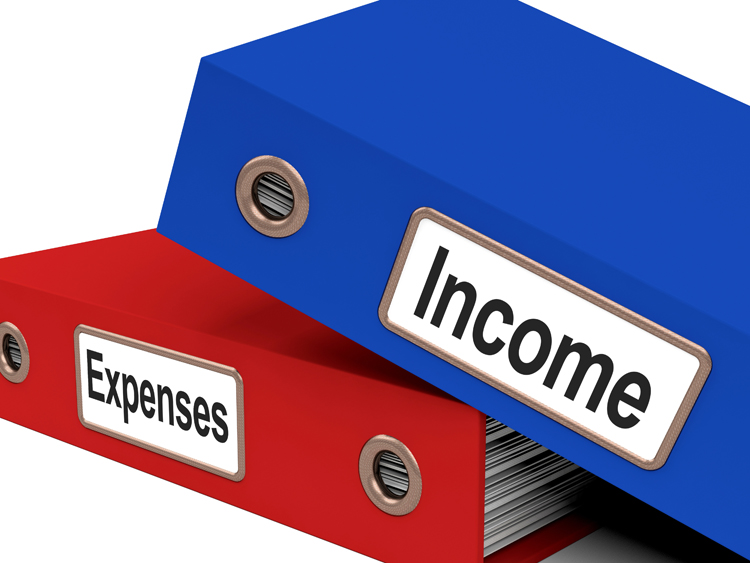The laundry industry in our area has been hit with a lot of additional expenses, including a hike in the minimum wage. What should I do? Decrease the water levels in my washers? Cut the time or temperature on my dryers? Raise my vend prices? What’s your opinion?
Lowering water levels is not the answer. Remember that a lot of your customers still want to actually see the water and suds splashing around and cleaning their clothes. If you’re looking to save on water costs, perhaps cut the last of your three rinses; this will save water, as well as some electricity. However, don’t touch your water levels.
Also, don’t tinker with your dryer settings. A large percentage of your customers frequent self-service laundries because they know they can get in and out quickly – and most of that time-savings is due to the quick drying of commercial dryers, when compared to home units.
The best recommendation is to raise your vend prices. Don’t compromise the quality of your service. Your competitors are the cheaper home washers and dryers, as well as the apartment laundry route operators. And, remember, these route operators are not paying for water, natural gas or electricity – the building owners are – so the route operators can give those machines all of the water and heat they need. You need to do the same – and then charge accordingly.
I’m considering buying a building located on the outlot of a shopping center, with the thought of putting in a self-service laundry. I’ve never been in the laundry business. What do I need to know so that I don’t make a costly mistake?
First of all, order a current demographic report for the area around which you plan to build your laundry. This is critical. You have to learn your potential marketplace – population density, income levels, race, household sizes, the number of homeowners versus the number of renter, and so on. These are all crucial factors. Essentially, you’re looking for large households with children and low- to low-middle-income renters.
Next and just as important is to find out what types of businesses are located in that shopping center. Are there mainly high-end shops or low-end stores – or is there a mix? This is important because your laundry’s success will depend on what types of customers those stores and that shopping center attract.
Buying the building is preferable to renting, as long as you don’t overpay. Gather up all of your numbers, figure out your breakeven point and, if it makes sense, do it. A strong word of caution: don’t fall in love with an illusion. Everything must make financial sense. If not, you’ve got to be able to walk away from the deal.
I’m wondering how many laundromats allow their customers to use only the dryers.
We have a small, rural store. And we have regulars who may have broken dryers, but wash at home and then bring in their clothing to dry in our dryers. We are tossing around the idea of not letting anyone use the dryers unless the items have been washed at our laundromat. I don’t think we’re really making any money on the propane dryers, but I don’t want to lose customers either. What are your thoughts?
I wouldn’t restrict individuals from using your dryers, because you never know when they might bring in their laundry to be washed as well. After a while, once they realize they can do both at your store and save a lot of time doing so, you likely will be able to convert them into regular washing and drying customers.
Restricting someone from drying in your store, especially if they are in need because of a broken machine at home, may be viewed negatively – not only by that individual, but also by all of the people that person is likely to tell. And that could severely impact your business, especially in a small, close-knit community.
I would let those handful of people who want to only dry use your dryers. After all, you’re not losing much money (if any) on the propane – and you very likely might be nurturing a potential, long-term customer.












